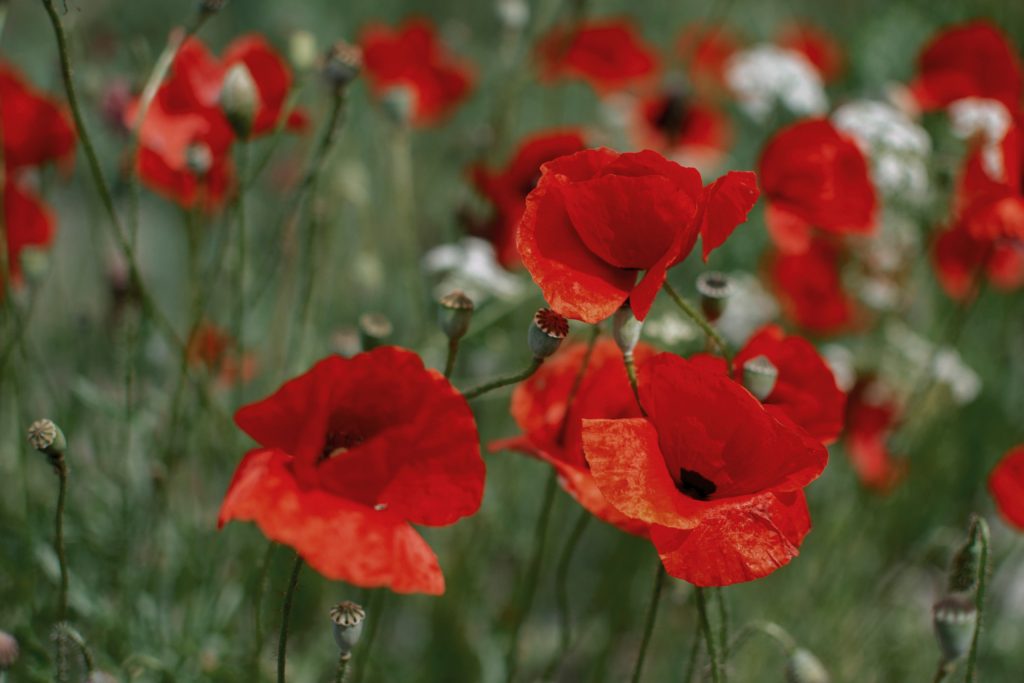

When teaching overseas you may take part in observing Anzac Day in your school. If you have no idea what we’re talking about, you’re in the right place.
Every April 25th, in cities across Australia and New Zealand, ceremonies are held to honour men and women who have served in armed conflicts across the world. Although it’s similar to Remembrance Day, Anzac Day sets itself apart as a formative part of the national identity for both countries.
It’s observed at war memorials, monuments, and in schools—which means Canadians and American teachers overseas might have some homework this month. Here’s a quick run down of how Anzac Day began, quick facts, and ways to bring it into your classroom.
The First Anzac Day
Anzac Day was established on April 25th, 1916. It was originally to honour members of the army who served in the Gallipoli Campaign. The Gallipoli Campaign the first engagement of Australia and New Zealand in World War I. These soldiers were known as Anzacs—the Australian and New Zealand Army Corps.
The campaign began on April 25, 1915. Its goal was to take Constantinople, capital of the Ottoman empire. About 25,000 Australians and New Zealanders engaged in the mission, an eight-month gruelling stalemate with many casualties.
The mission to take Constantinople ultimately failed, but the selfless, tenacious legacy of the Anzac soldiers left a lasting impression on their home countries. In fact, the Gallipoli Campaign is credited with shaping the cultural identity of both nations.
Since it first began Anzac Day has become a day to honour all the current and former members of armed forces in New Zealand and Australia.
Anzac Day Ceremonies in Australia and New Zealand
A number of ceremonies and events take place each April 25th, including:
• The Dawn Service or Dawn Parade. A commemorative service at dawn—the time of the original landing in Gallipoli. This often includes a drum roll, the National Anthem, as well as readings and prayers.
• In some places, such as the Australian War Memorial, breakfast is served after dawn ceremonies. This is meant to echo the breakfast eaten by the first soldiers sent out on morning patrol. (Historical fact: this included a “tot of rum” out in the trenches, but we don’t recommend bringing this tradition to school!)
• Marches of ex-servicemen and women take place later in the day, in both large and small cities.
• The Last Post ceremony is the last observation of the day, which includes laying wreaths of flowers and a reading of The Ode—a traditional Anzac day recitation.
• Assemblies are held in some schools, and discussions or activities may take place.
• In New Zealand, the afternoon of Anzac Day is often observed as a holiday.
Special Symbols of Anzac Day
Just like Remembrance Day, red poppies are worn as a symbol remembrance. Wreaths of poppies are often placed as commemorative tokens during ceremonies.
More unique to Anzac Day is the wearing of rosemary, which represents memory. Rosemary also has special significance because it grows on the Gallipoli peninsula.
Classroom Activities for Anzac Day
Hopefully your fellow teachers and co-workers at school will be able to give you the rundown on observing Anzac Day. However, we’ve also collected some resources and idea you may find helpful.
• The Australian Army website: suggested speeches for both primary and secondary school audiences on the topic of Anzac Day.
• Teach Starter’s Anzac Day Resources: this helpful listing includes arts and crafts activities, books you might share with your students, and print-out worksheets.
• Anzac Biscuit Recipe: This traditional soldier’s cookie was created to last without refrigeration and provide energy for the Anzacs. (It just so happens they also taste great!) Consider baking some with your class if you have access to a kitchen.
How are you planning to observe Anzac Day in your classroom? Leave us a comment below, or get in touch on Facebook and Instagram.



